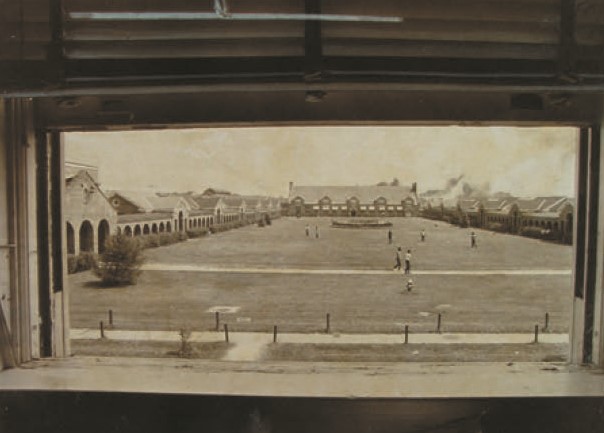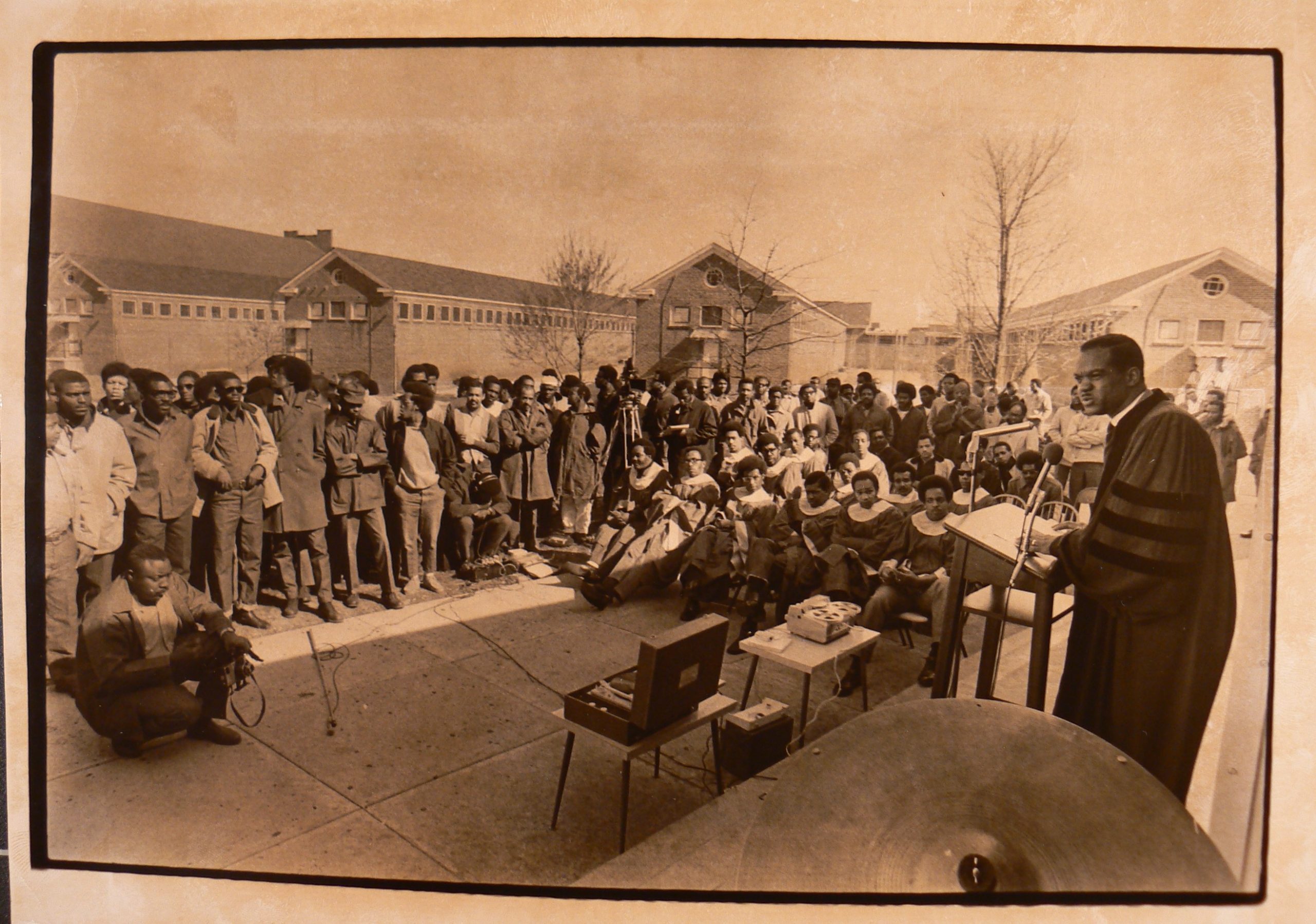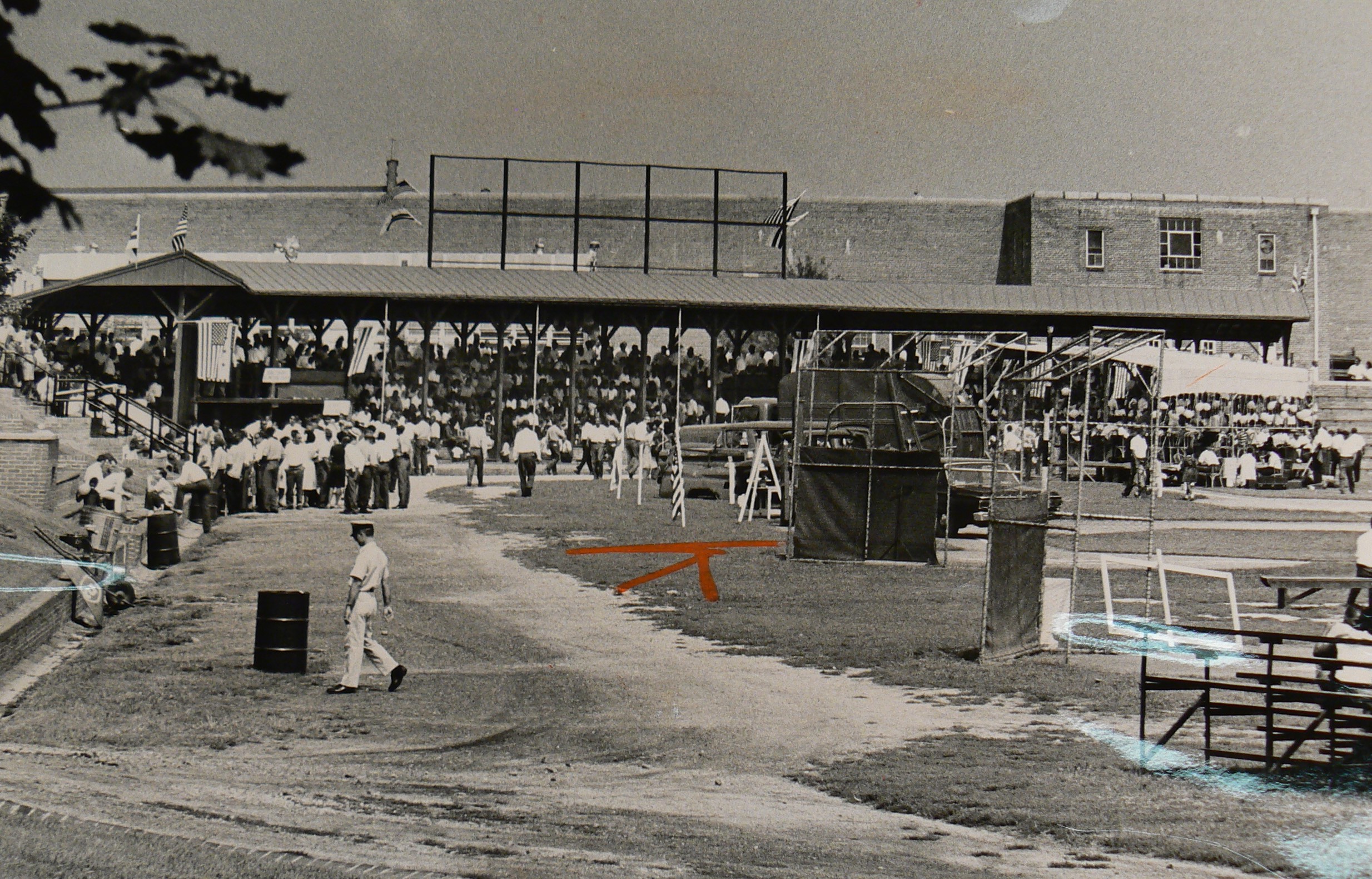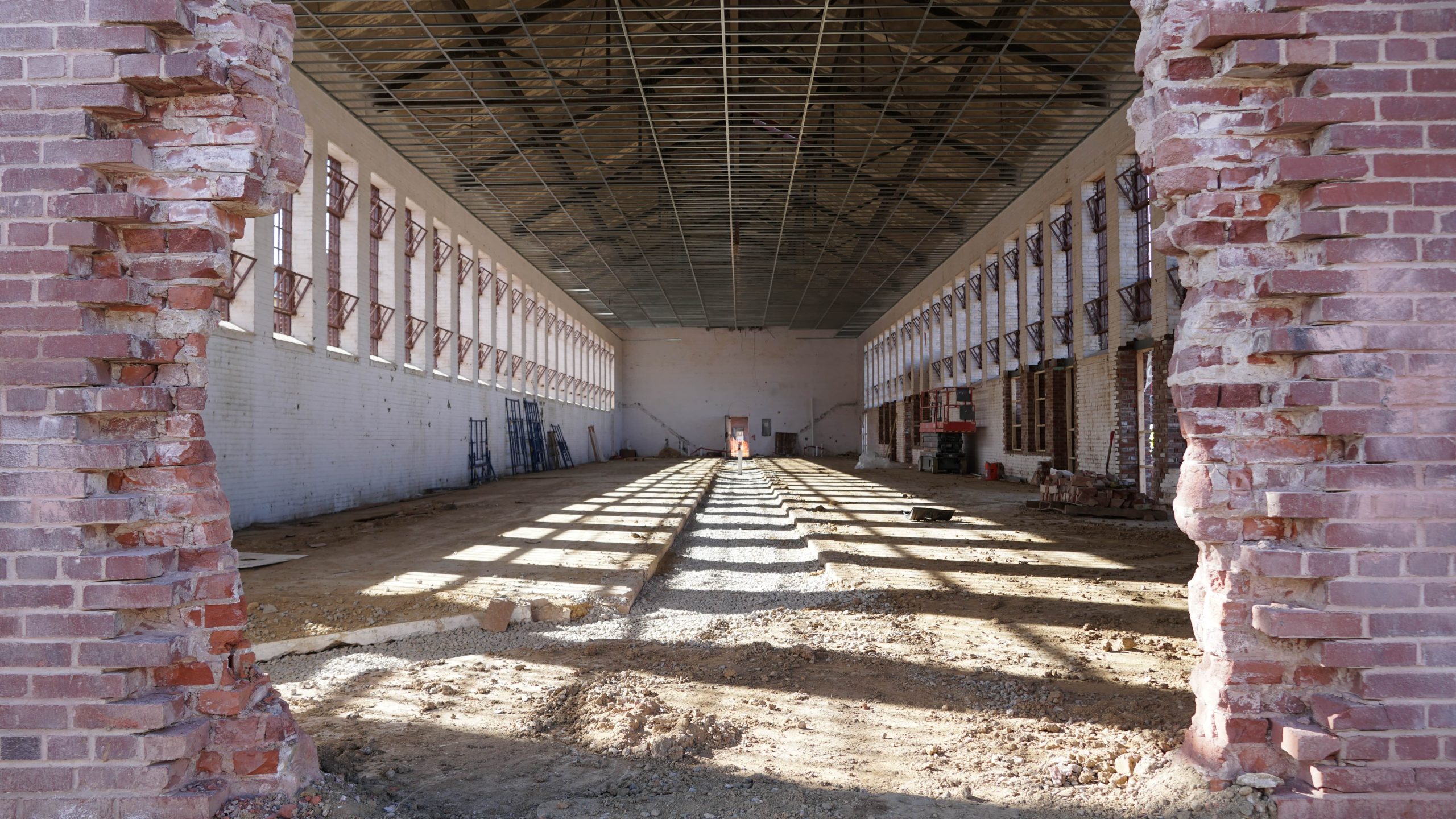The Story of Liberty
Liberty is listed on the National Register of Historic Places
As seen in

A Prison Without Walls
By the 1920s, the Reformatory had gained recognition as an innovative, open-style institution. Its revolutionary design positioned Lorton among the most progressive penal systems in the United States. Notably, the open campus was secured without enclosing fences or walls, relying instead on a modest team of officers and canines working in shifts.

It Started in 1910
In the early 20th century Theodore Roosevelt commissioned the Lorton Workhouse – a pioneering facility where District of Columbia inmates could rehabilitate themselves by acquiring new trade skills. Roosevelt’s vision held that providing fresh air, natural light, and a supportive environment for living and working would enhance the rehabilitation process.
A Candidate for Adaptive Reuse
Similarly, the Lorton Reformatory was designed as a campus laregly built by the inmates using bricks made in on-site kilns and lumber sourced from trees on the property. It’s dormitory-style buildings were arranged to maximize natural light and open greenspaces, in stark contrast to traditional cell blocks.
Agriculture and Industry
The facility’s development centered on prison industry, a reform approach popular at the time. Inmates not only managed extensive agricultural operations – spanning over 1,700 acres of cultivated fields, pastures, a poulty farm, hog ranch, slaughterhouse, and dairy – but also produced manhole covers, worked asblacksmiths, furnished brooms, re-treated tires, operated a sawmill, and knit sweaters.
The Penitentiary
Over time, a walled section with cell blocks was added for inmates serving longer sentences for more serious offences – a change that supported the administration of the 1,596 inmates housed by 1938. This walled section came to be known as the Lorton Penitentiary.
World War II Efforts
Incorporating academic and vocational programs into its approach, Lorton maintained a focus on prison industry through the mid-1940s. During World War II, inmates made significant contributions, from donating blood to manufacturing uniforms. In 1953, the facility also hosted a National Nike missile site – a U.S. air defense system designed to counter a Soviet nuclear threat – which operated for 20 years before being closed by the Secretary of Defense.
Operations Come to a Close
Prison operations ceased in 2001 when the final inmates were relocated. In 2002, the facility was transferred from the District of Columbia to the Federal General Services Administration, and later that year, ownership of the entire 2,324-acre site was transferred to Fairfax County. In 2009, a collaborative master plan developed by the community, Fairfax County, The Alexander Company, and Elm Street Communities transformed the historic site in the thriving community hub now known as Liberty.


Honoring the Past, Inspiring the Future
The Lorton Reformatory and Penitentiary were places of struggle and their checkered past is not forgotten. However, we strive to liberate it through a second chance and new future.
Deeply rooted in history, but looking towards the future, Liberty strives to inspire residents and visitors to gather together and thrive.
